Inflation Reduction Act of 2022: What It Means for Your Climate Strategy
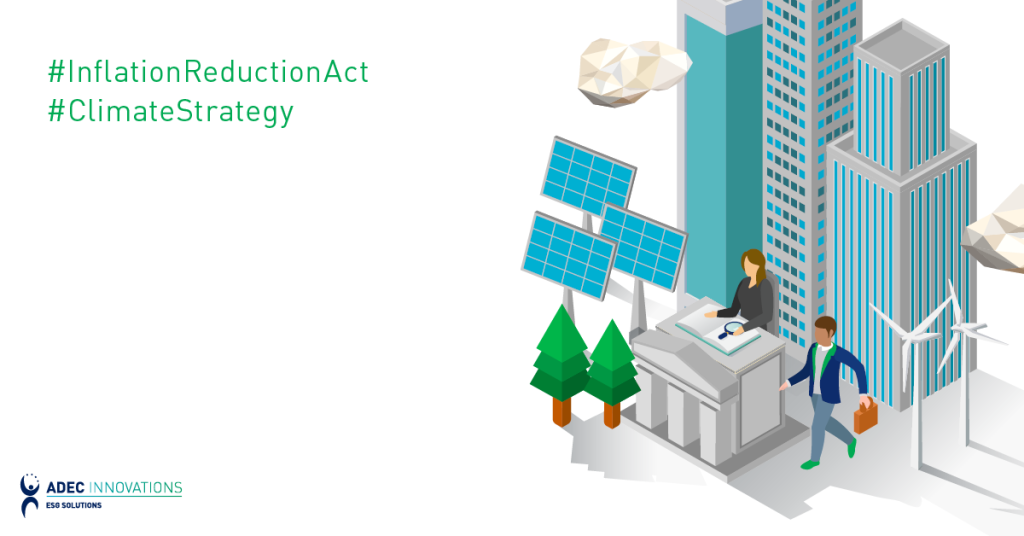
The Inflation Reduction Act of 2022 promises historic investments in building the clean energy economy and reducing emissions. What do these changes mean for businesses like yours, and how does the Act support companies on the path to decarbonization?
Lessons from Working at Home

Particularly for those living or working in urban areas, rush-hour gridlock is one of the most obvious forms of environmental degradation in our everyday lives.
Turning Renewable Energy Into Sustainable Energy
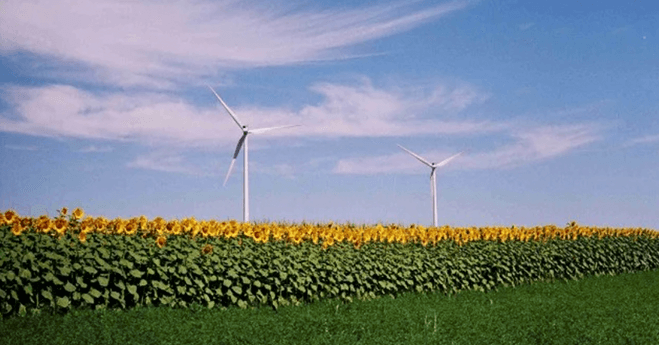
Renewable energy is a growing component of the world’s energy mix. Increasing and expanding the use of that renewable capacity can decrease our reliance on natural resources and fossil fuels, creating a sustainable energy model. How then can we meet this challenge of turning renewable energy into sustainable energy?
Renewable Energy or Sustainable Energy?
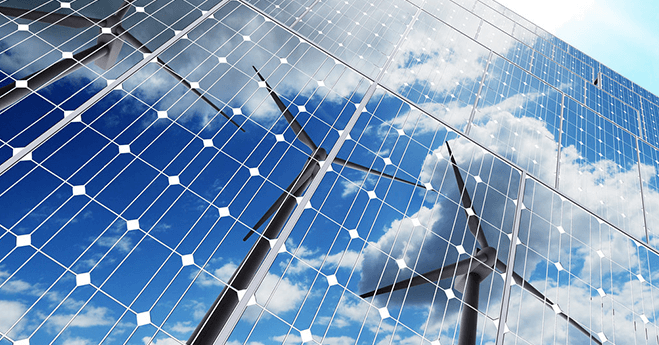
The terms “renewable energy” and “sustainable energy” are often interchanged. However, their meanings are actually different.
This extreme cold snap is great for what?
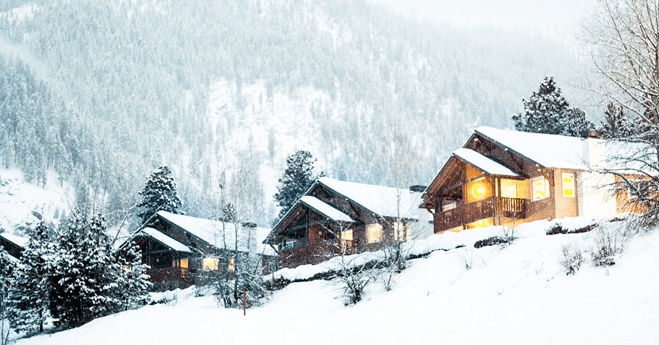
Although it is face-numbing to endure an extended cold snap of -20C or more (more than -4F), that we have had for several weeks so far this winter, it is a great opportunity to seek and seal the energy leaks in your home because the 40-degree difference between the outside and inside temperatures (about 22C or 72F) is so extreme that they are easier to find.
How ICT Drives Progress in Health, Energy, and Climate Change

In this article, we will continue by looking at ICT’s role in accelerating progress in health, energy, and climate change.
Making Renewable Energy Accessible in Developing Countries
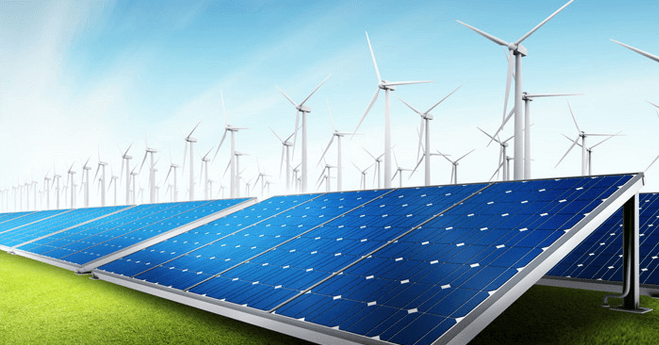
According to the International Energy Agency’s World Energy Outlook – 2016 (WEO – 2016), approximately 1.2 billion people worldwide do not have access to electricity.
Why Companies Are Buying Renewable Energy
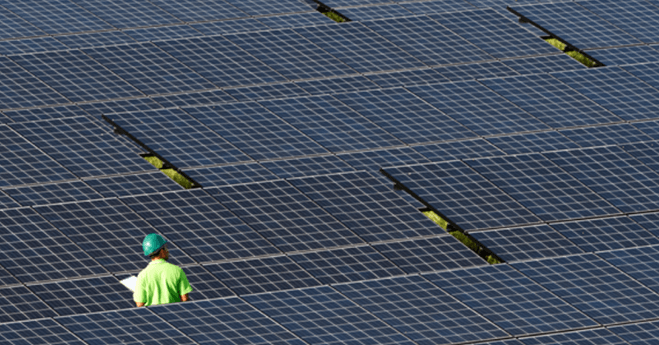
Corporate organizations are among the biggest buyers of renewable energy.
Tidal Waves: Where Will the Next Wave of Renewable Energy Come From?

The use of renewable energy continues to grow across the globe. While Iceland runs on 100 percent renewable electricity, other countries are following suit by exploring possible options. Tidal energy is one of them.
Environmental Impacts of Renewable Energy Sources
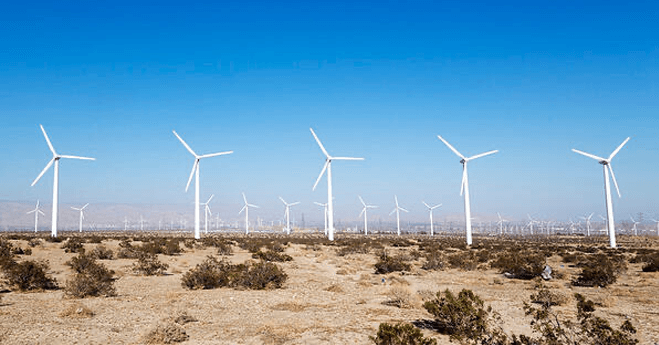
Over the next 20 years, policymakers, industry and government officials will need to invest US $2.5 trillion for electricity generation. Electricity from renewable energy sources produces between 90-99% less greenhouse gases (GHGs) compared with coal-fired plants and causes 70-90% less pollution.
Why Some States Lag in Solar Energy Adoption
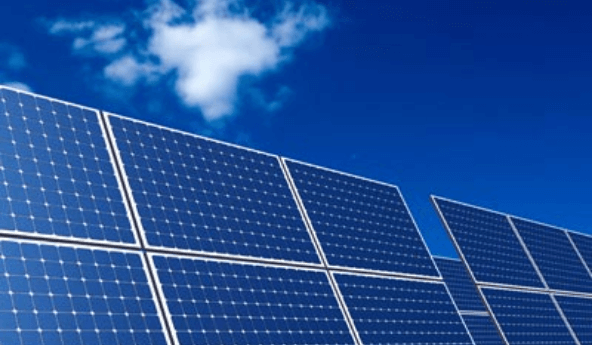
Recent statistics from the U.S. Energy Information Administration show that total utility-scale solar additions in 2016 will be more than they were from 2013 to 2015 combined — leading some to predict that 2016 will be a record year for solar energy.
The Road to 100% Renewable Energy
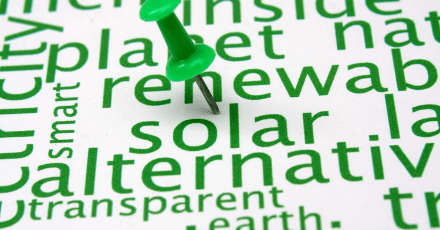
Is your country running on 100% renewable energy? Do you think it’s impossible? For Iceland, it’s not.
Hannover Messe: Energy Management and the Low-Carbon Economy

Attending the Hannover Messe 2016 manufacturing trade fair in Germany gave me hope that humanity can be innovative enough in its energy use that we don’t overheat our planet with carbon emissions. Indeed, unlike most trade fairs or conferences, there was excitement for a low-carbon economy.
Energy Accountability & Transparency in a Low-Carbon Economy
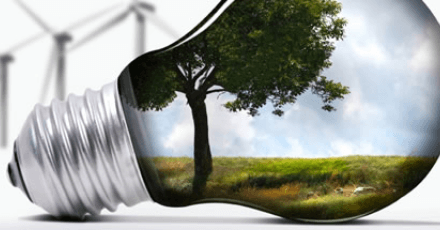
An important benefit of the low-carbon economy is that it accelerates greater accountability and transparency regarding the cost of energy. Greater transparency and accountability spurs innovation and efficiency. I know this because I’ve seen how well it works in my house, which is a microcosm of the economy.
100% Renewable Energy in the Age of Climate Change
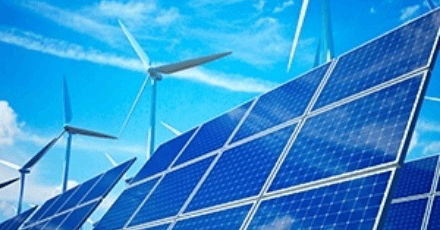
Today’s top companies have a common idea, the dream of being “powered by 100% renewable energy.” In the age of climate change, it can make a company more attractive and trustworthy, an ally in the struggle for a better world.
More Cities to have Low-Carbon Future
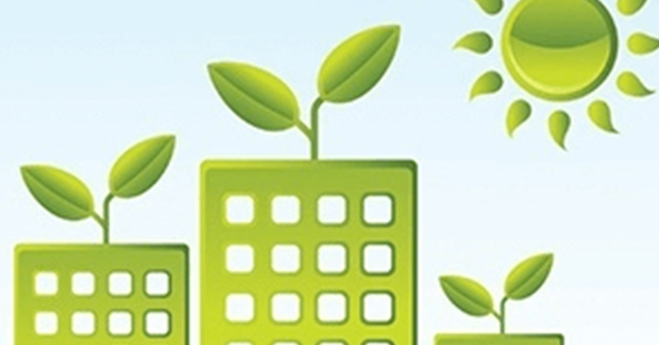
Cities in the world are talking about climate change and thinking about leaving fossil fuels behind for a low-carbon future. Here’s why:
How Tech Companies are Promoting Sustainability
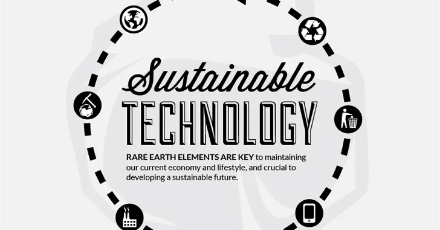
Tech companies realize that sustainability is a good investment.
Down to Size: How to Manage the Big Data Behind Your Environmental Sustainability Reporting
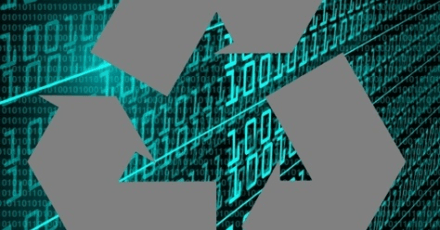
For organizations in industries from healthcare to marketing, big data has become both a powerful tool and a management challenge.
Getting more renewables onto the grid – issues for developers

In 2015, California Governor Jerry Brown set some of the nation’s most ambitious goals for production of electricity from renewable sources for his state.
7 Easy Sustainability Actions from COP21 Paris 2015 that will Make a Difference
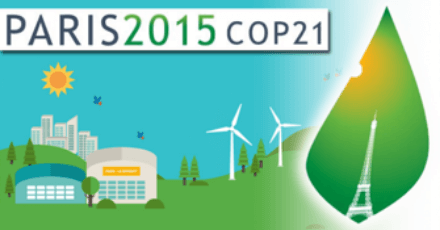
Nature crosses political borders and waits for no one. So it was wonderful to see world leaders gathered together in Paris at the COP21 event to seriously address climate change.
How Sweden Became the World’s Most Sustainable Country: Top 5 Reasons

Sweden is ranked as the Most Sustainable Country in the World for 2015 according to RobecoSAM’s Country Sustainability Ranking study.
Why Your Business Needs a Sustainability Plan
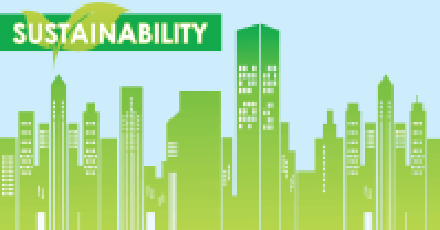
As the private and public sectors continue to develop their sustainability plans to demonstrate their commitment to the environment and the wellbeing of their communities, the private sector faces the challenge of ensuring the long-term viability of their operations and the wellbeing of their clients and consumers.
Sustainability Plans and Municipalities

Balancing economic growth with sustainable development is a challenge for both large and small municipalities.
5 Organizations with Leading Energy Innovations

Environmental problems such as global warming and the depletion of resources occur due to the rapid acceleration of global consumption.
Achieve Environmental Sustainability in Style

There is no doubt that a large number of today’s world population takes into consideration the harmful impacts of their everyday socio-civic activities on the environment. The slowly diminishing natural resources due mostly to man-made errors have become a global issue that our world needs to address immediately. With this in mind, many organizations are now more conscious in their efforts to do their part in preserving our environment and its natural resources and, more importantly, lessen the carbon footprints they leave
Sustainability Leaders: The Driving Force of an Organization’s Sustainability Program

Sustainability Leaders: The Driving Force of an Organization’s Sustainability Program
Sustainability Trends Impacting Firms Across Industries

Renewable Energy and Biological Issues

As the costs associated with oil and gas production begin to increase, both investors and consumers have begun to recognize the importance of cultivating alternative forms of energy. It is well-recognized that solar and wind energy are renewable resources that are readily available to use as long as we have the right conditions, resources and technology. Generally, solar and wind technologies are attractive sources of alternative energy because they are considered to be passive and low maintenance, it also has the ability to be easily integrated into urban infrastructure and industrial design. As the local, state, and federal agencies are receiving an outpour of renewable energy development applications, it has become increasingly important to be familiar with the potential challenges that may arise in order to undertake these efforts.
Super Bowl XLVIII Means Green

When you think of green in the context of the Super Bowl most people think green in the form of the money spent. After all, a 30 second advertising spot during the game is said to cost as much as $4 million this year. And if you want to go to the games, ticket prices are running around $4,000.00 each. And, if you are lucky enough to be going to the games, you had better plan on spending extra green on some warm clothes!
Sustainability Matters: A Self Cleaning, Spill-Proof Shirt

A quick review of the modern home will present an assortment of energy efficient features and fixtures designed to save energy, water, and other valuable resources.